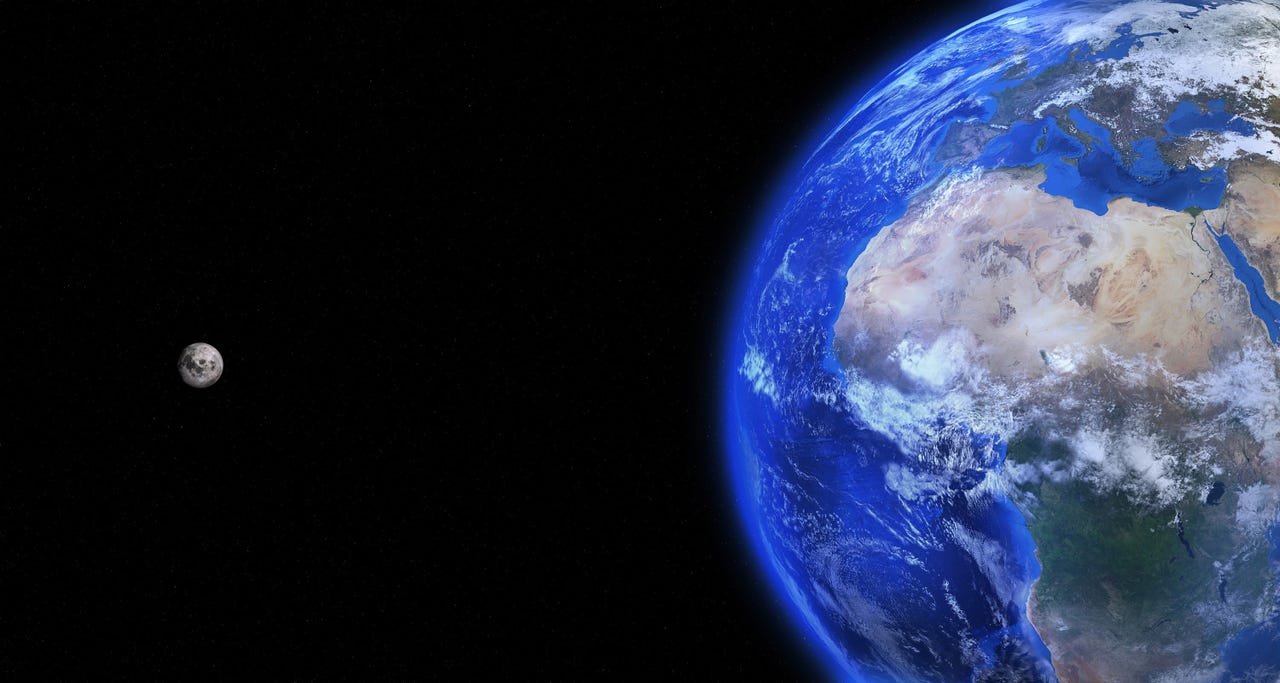Australian astronaut on the future of human space flight


Although there's a lot of emphasis on returning to the moon, the ultimate goal is to send humans to Mars.
Calling the future of human space flight exciting during the Apollo 11 50 year anniversary celebrations in Parkes on Sunday, former Australian astronaut Dr Andy Thomas detailed the current plan of those in the global space industry.
"There's a lot of emphasis now on returning to the moon, but to return to the moon you need a big, big rocket and to that end NASA is committed to the development of the space launch system which is a rocket in the same class as the Saturn 5 rocket that launched the Apollo astronauts to the moon 50 years ago," he explained.
This will be used to take humans, for the first time, beyond low-Earth orbit and out into deep space in a capsule.
The first flight of the rocket and capsule is expected sometime in the next two years, and the plan, Thomas said, is to deploy it in orbit around the moon a small lunar space station called the Lunar Gateway.
He said the flight will be a stepping off point for exploration in the moon environment and ultimately, the surface of the moon.
"It will be a couple of modules: A life support module, a power module, and a docking module assembled together, which will be visited by crews for extended periods of time for six-month duration stays and there will be a lander docked to the gateway which will periodically fly to and from the surface to bring crews to the surface," he said.
The goal is to build some kind of infrastructure on the surface of the moon, a "moon base" he said, which will likely be near the south pole of the moon as it is known there is water in some of the dark craters.
"The ultimate goal though for human exploration in space is to send humans to Mars and what's learned from the Lunar Gateway about minimum working in deep space will be applied to build a transportation space craft that can carry humans beyond the Earth-moon system out into Mars," Thomas said.
"That will be a very ambitious journey."
See also: Alien life on Mars may have emerged earlier than life on Earth, study says (CNET)
Thomas said it would take around six to eight months to reach Mars.
"Once you get to Mars you have to stay there for about a year and a half to wait for Earth to come around and line up with Mars so that you can come home," he continued. "So people that go to Mars will be gone for more than two years. It will be a very extended space mission.
"But going to Mars is the holy grail of human exploration and the main motivation for going to Mars is to look for early life."
Similar to Earth, it is known he said that Mars was once a warm, wet planet. And we know that life formed on Earth.
"Who's to say that life may not have also formed on Mars at the same time -- a lot of people think that's possible," Thomas said.
"If we were to find life on Mars it would be a profoundly important discovery, it would be the crowning achievement of human intellectual inquiry and that to my way of thinking, more than anything, justifies the cost and risk of going to Mars."
Thomas worked for NASA after gaining his PhD in mechanical engineering in 1978 from the University of Adelaide. In 1996, he became the first Australian to take part in a space research mission.
During his time with NASA, Thomas flew into space four times and spent time on both the Mir and International Space Stations. He clocked up a total 20 weeks -- or six months -- in space over the span of 12 years.
See also: Apollo 11 50 years on: A look at Australia's role in the moon landing
Thomas in December called out Richard Branson's bid to take passengers into orbit as being a "dead-end" and "dangerous", following Branson's Virgin Galactic organisation holding a celebration after its successful launch of a rocket plane into space for the first time.
SpaceShipTwo, VSS Unity, reached an altitude of 82,682m after being released by its carrier plane at 13,106m. It reached a top speed of 2.9 times the speed of sound.
After the successful flight, Branson said his group would press on with its test program.
"Today we have shown that Virgin Galactic really can open space to change the world for good," he said at the time.
While Thomas supported what Branson was doing, essentially "spinning off" the capability to launch satellites, he was less enthusiastic about the idea of taking tourists into orbit.
"It's true that he will fly to the edge of space, but he can't stay there. He falls right back down," Thomas said. "It's really just a high altitude aeroplane flight and a dangerous one at that.
"As a technology to get humans out into space it's a go nowhere, dead-end technology."
The now-retired astronaut also helped secure Adelaide as the home for the Australian Space Agency.
RELATED COVERAGE
- Elon Musk: 70 percent chance I'll move to Mars
- To the Moon: 50 years after Apollo 11, is SpaceX the new NASA?
- How NASA chooses tech for the International Space Station, and why AI could help get us to Mars
- Another NASA moonshot? Nope. You can't BS your way to space
- NASA's Curiosity rover makes surprising methane discovery on Mars (CNET)
- NASA's unsung heroes: The Apollo coders who put men on the moon (TechRepublic)
- Advancing human exploration: Is space the final frontier, and how can data and AI get us there?